Veneto is situated in the north-eastern part of Italy, bordered by Friuli, Emilia-Romagna, Lombardy and Trentino. Internationally known for its history and art, Veneto’s offering goes far beyond the region’s capital Venice. Stunning cities such as Treviso, Vicenza and Padua (Padova in Italian) are just an hour away. And don’t forget Veneto’s natural beauties including the Dolomites mountain range, Lake Garda, the hills that make Prosecco and so much more. Veneto is the perfect Italian postcard!
Today, Veneto is the largest and most productive wine region in Italy. Although the region suffered from phylloxera in the 19th century that devastated the region, the Veneto resiliently restored its incredible vineyards to the powerhouse they are today.
Our Choices from Veneto
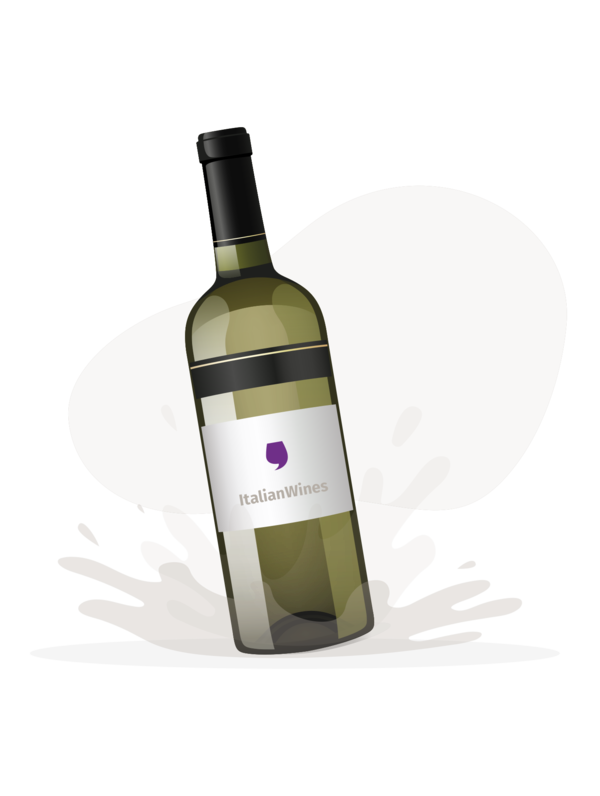
Inama Carmenere Piu
Intense nose of black cherry, cocoa, and pepper, this Carmenere-Merlot blend reveals firm, integrated tannins and a peppery finish. Decant 30 mins; pairs with gamey stews. Cellar up to 6 years.
Read more
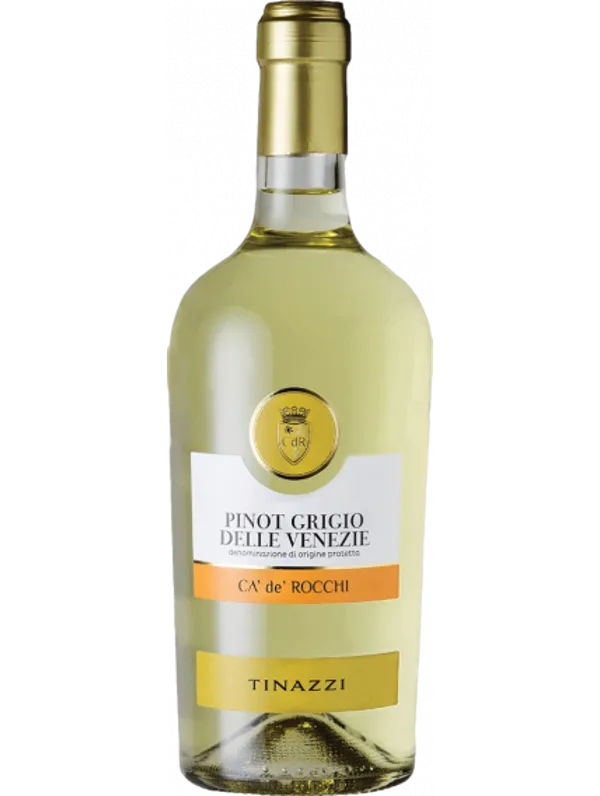
Tinazzi Ca de Rocchi Pinot Grigio
Bright greenish-straw hue with floral and citrus notes, highlighted by pineapple, peach, and green apple. Fresh, elegant palate with delicate acidity. Perfect as an aperitif or with seafood pasta. Drink now.
Read more
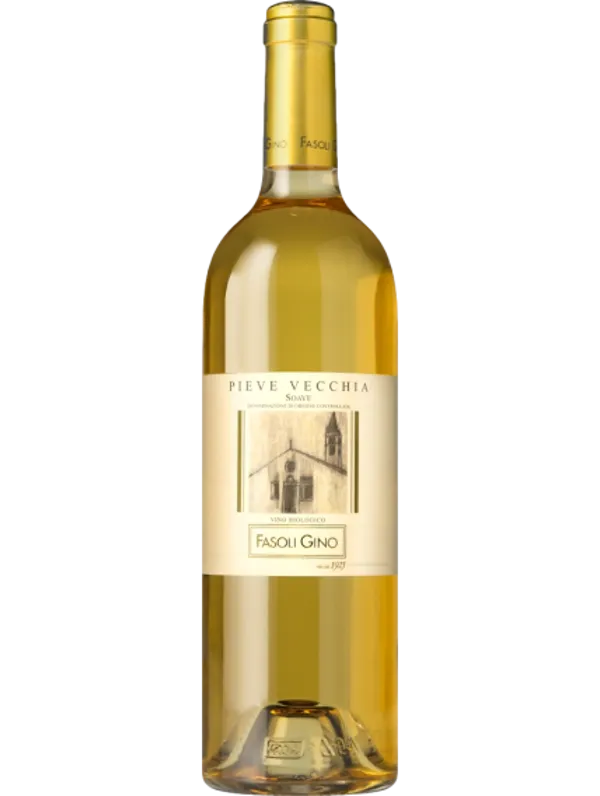
Fasoli Gino Soave Pieve Vecchia
Cellar up to 5 years, serve chilled. This organic, biodynamic Soave is crafted from 100% Garganega grapes. Features lemon zest, almond blossom, and white peach notes. Pairs well with shellfish or creamy seafood risottos.
Read more
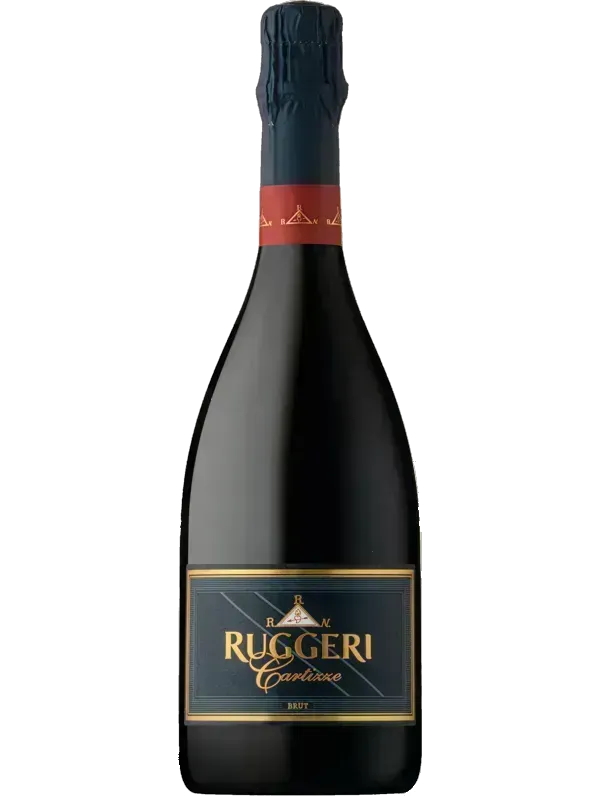
Ruggeri Prosecco Superiore Valdobbiadene Cartizze Brut NV
Elegant Prosecco with summer pear and white flower aromas. Vivid minerality and a zesty citrus finish.
Read more
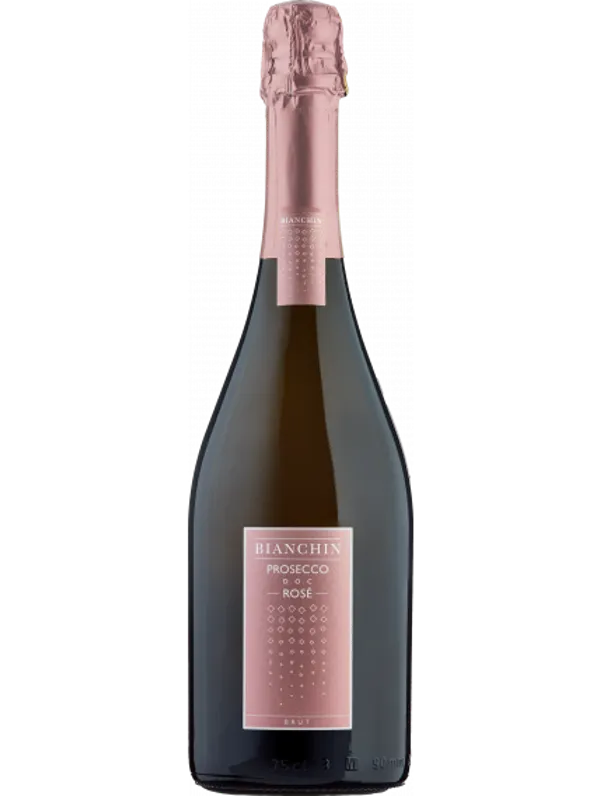
Bianchin Asolo Prosecco Rose Brut
Bright pink Brut Rosé with peach and pomegranate notes. Velvety texture and refreshing acidity. Ideal with seafood.
Read more
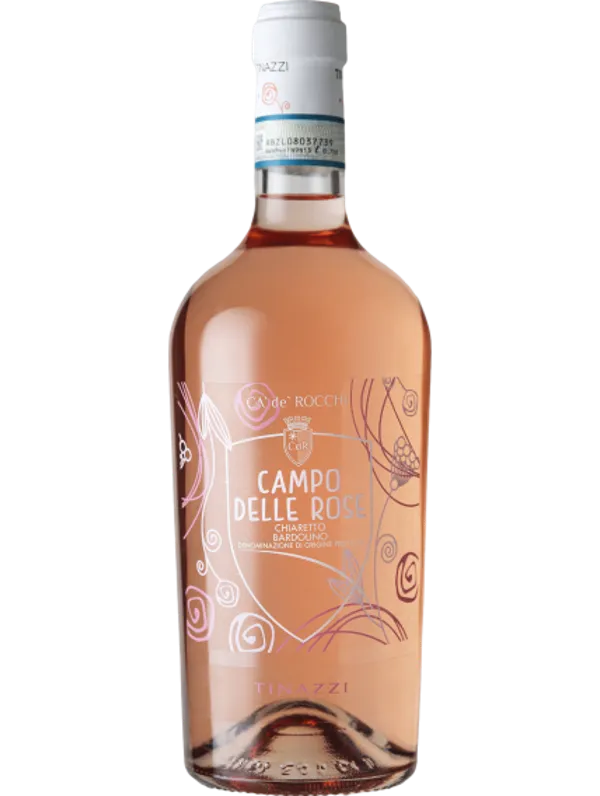
Tinazzi Campo delle Rose Bardolino Chiaretto
Drink now, no decanting. Tinazzi family legacy, grown around Lake Garda. Blend of Corvina, Rondinella, and Molinara. Softly pressed, pearly pink, exudes red fruit scents. Refreshing with a less sweet, enduring finish.
Read more
Veneto's key Wine Areas
Valpolicella
This is one of the most famous winemaking regions in the world. Located near the beautiful Lake Garda, it is a region that largely managed to escape the 19th century phylloxera outbreak that devastated many of Europe’s vineyards. The region is famous for its red wines including the famous Valpolicella Superiore and Amarone della Valpolicella.
Valdobbiadene
The Valdobbiadene hills are known to produce the best Prosecco. This viticultural area lies right in the Alpine foothills, with vineyards running up steep slopes. The high altitude of these hills gives Prosecco fabulous acidity and freshness.
Soave
Soave is located in beautiful rolling hills surrounding the famous city of Verona. It is known for its white wines made with native Garganega grapes. Winemakers in this area pay close attention to yields to maximize the quality of the grapes.
Food Parings
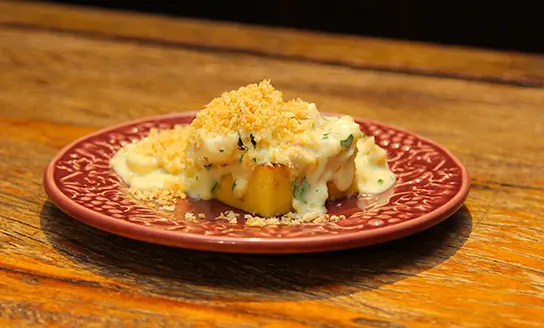
Starter: Baccalà Mantecato
A classic codfish dip served all over Venice. It is simply made with salted cod, garlic, and extra virgin olive oil.
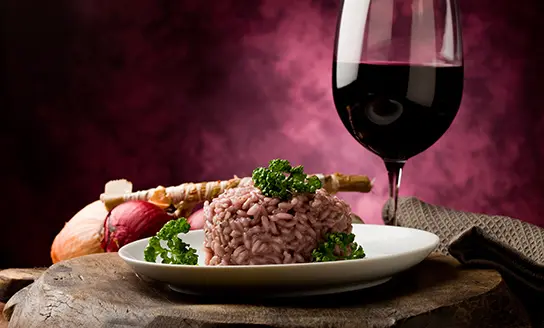
Main course: Risotto all’Amarone
This iconic dish is made with rice slowly cooked in Amarone della Valpolicella wine to create a delicious risotto.
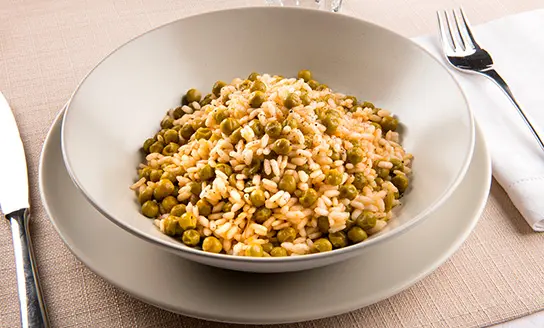
Main course: Risi e bisi
This dish means ‘rice and peas.’ It is a classic Spring dish of the Veneto, which makes a star of freshly podded peas.
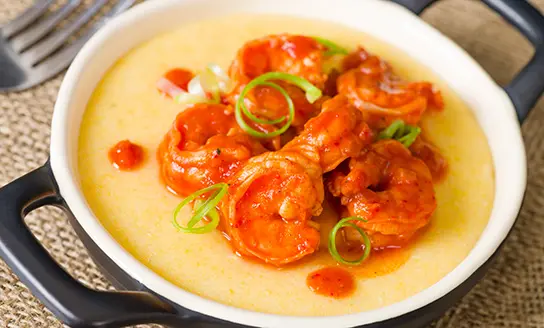
Main course: Polenta e schie
Combining the region's love for seafood, polenta is topped with sauteed ‘schie’ or tiny shallow water shrimps.
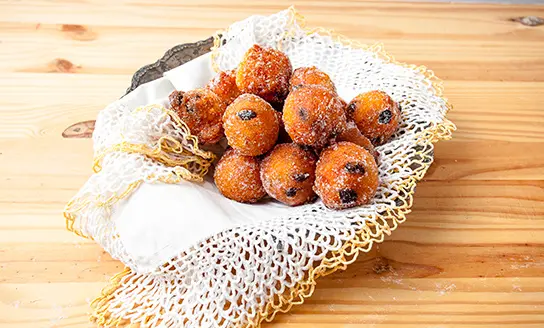
Dessert: Frittole
This is a staple sweet fritter made during Carnevale in Venice. Made with raisins and pine nuts and finished with powdered sugar
Veneto's variety of red and white wines makes for plenty of great food pairings, it’s hard to get bored! In white and sparkling, Prosecco tastes fabulous with a wide range of hors d'oeuvres such as nuts, aged cheeses, and cured meats. Soave pairs exceptionally well with seafood, especially shellfish. As for Venetian red wines, Valpolicella or Valpolicella Superiore pairs well with poultry and red meat. When drinking an Amarone della Valpolicella, try a quality cut of steak with mushrooms - you will not regret it!
FAQS
What wine is the Veneto known for?
Veneto is known for many wines, the most famous being Prosecco, Valpolicella (including the sought-after Amarone della Valpolicella) and Soave.
What grapes are grown in the Veneto?
The Veneto grows both red and white grapes. The most prominent red grapes are Corvina, Rondinella, and Molinara. Typical white grapes include Garganega, Glera, and Trebbiano di Soave.
What is distinctive about the Veneto’s wines?
The region boasts an incredible diversity in geography. From the Dolomite mountain range in the north to its lakes and rolling hills, there are many unique places for grapes to grow. Each site lends its own influence to the wines made there.
Which is the best time to visit the Veneto?
The best seasons to visit Veneto are undoubtedly Spring and early Autumn. This is when the climate is mild and ideal for outdoor excursions. The cities are much less crowded at this time of year and you can’t miss the colours in the vineyards, which are particularly beautiful in Spring and Autumn.
What is unique about the Veneto compared to other parts of Italy?
The Veneto offers everything. It has art - not only restricted to famous cities such as Venice or Verona, but also in the countryside with its distinctive Palladian villas. Opera fans should not miss a show at the Verona Arena And if you are a nature lover, the Dolomites mountain range is spectacular. The mountains are also a haven for winter sports lovers.
Want to know it all?
Veneto: Region in a nutshell
Total vineyard area:
90,000 hectaresNumber of producers:
27,000Total wine production per year:
8.5 million hectolitresNumber of DOCGs:
15Number of DOCs:
33
Veneto's Wine History
The Venetians love their wine and have for a long time. The region itself was once a mighty political power in the Italian peninsula as a major trade destination. This means it's a region that has been influenced by plenty of foreign culture. Veneto has also been a pioneer in winemaking. In fact, the first oenology school opened here.
The region’s winemaking history is best understood through its practices. The best example is the appassimento method which involves drying grapes after picking to enhance their flavour and colour, prior to fermentation. This method dates back to Roman times, with wineries perfecting the method for many years. This method is commonly used in Valpolicella, most notably in Amarone della Valpolicella.
Veneto’s Viticulture
Venetian viticulture is centuries old. With vineyards scattered all around the region, there is plenty of diversity in Venetian grape growing.
Veneto’s geography is what makes its viticulture unique. The variety of land and soil in the region makes for impressive diversity in its wines. Vines are said to absorb minerals in the soil, affecting the wine in various ways. In particular, the Basaltic lands of the Lessini Mountains, rich in iron and manganese, produce wines rich in flavour. Another fabulous example is in the Soave area; the tufaceo-calcareous soils of volcanic origin enhance the mineral notes of the Garganega.
Veneto’s many lakes are responsible for special microclimates in the region. In addition, the region’s exposure to the Adriatic sea brings in coastal winds, which can often help cool the grapes during hot summers, retaining freshness in the wine.
Veneto's Top Wineries To Visit
Pieropan
This organic winery boasts 4 generations of winemaking. It is one of the top producers of Soave. Pieropan maintains a happy balance between tradition and modernity in the cellar. Taste the 2 single vineyards Calvarino and La Rocca for a real Soave experience.
Allegrini
This is a family run winery that owns over 100 hectares of vineyards on the hills of the Valpolicella DOC. Their Amarone is a symbol of the excellence of this region. It’s also worth trying their mind-blowing Recioto Della Valpolicella.
Mionetto
You’ll find this winery nestled among the rolling hills of Valdobbiadene DOCG. It has over 125 years of history and makes one of the most iconic Proseccos out there.
Best white wine grapes from Veneto
Garganega
This native grape makes excellent light-bodied dry wines and is the main grape in Soave.
Glera
This grape is best known for its contribution to Prosecco.
Trebbiano di Soave
A lesser-known varietal grown almost exclusively in Veneto. It is a main component in Soave.
Pinot Grigio
Pinot Grigio, with its blue-grey skins is one of the world’s most popular grapes.
Riesling Italico
Grown at high altitudes to preserve Riesling’s freshness.
Best red wine grapes from Veneto
Corvina
This native grape is a main component of the wines of Valpolicella.
Rondinella
Another Valpolicella variety, used less than Corvina in the blends.
Rondinella
A light-bodied variety also found in Valpolicella. Rarely made on its own.
